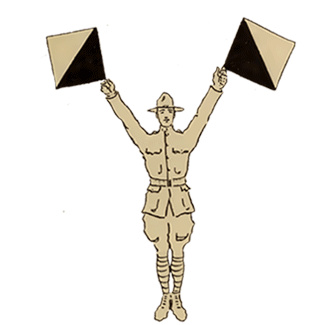
Leave a Comment

Leave a Comment
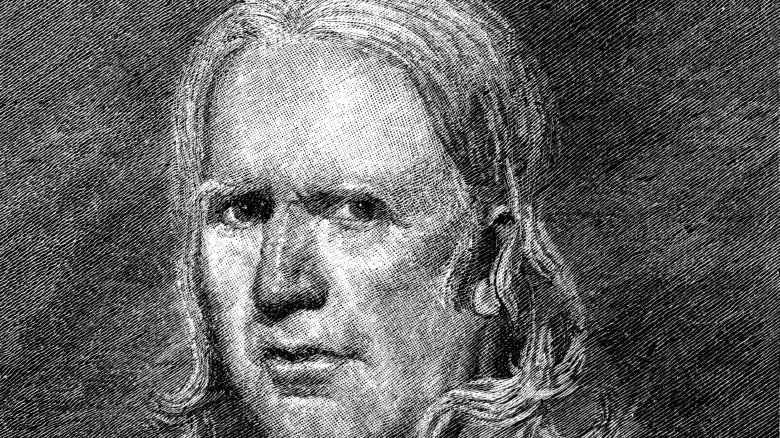
A link to some "history" of the Hollow Earth theory, including the John Qunicy Adams myth and the disputed claims aobut mathematician Leonard Euler.

A typical rendering of the popular Internet meme about President Adams and his planned journey to the center of the earth.

This treatment uses John Quincy Adams respect for science in its justification for his "belief" in the Hollow Earth.

The author of this blog admonishes us to keep an open mind absorbing his knowledge of the Hollow Earth. John Q Adams shows up in the comments..
Did President John Quincy Adams believe the earth was hollow, and its innards populated by "Mole People?" It must be true, the Smithsonian says so (Oops...They've updated thier article...so we must update our snide remarks). They used to say so but now play back some of what we have found here. For more of this "fever dream" stuff, click here.
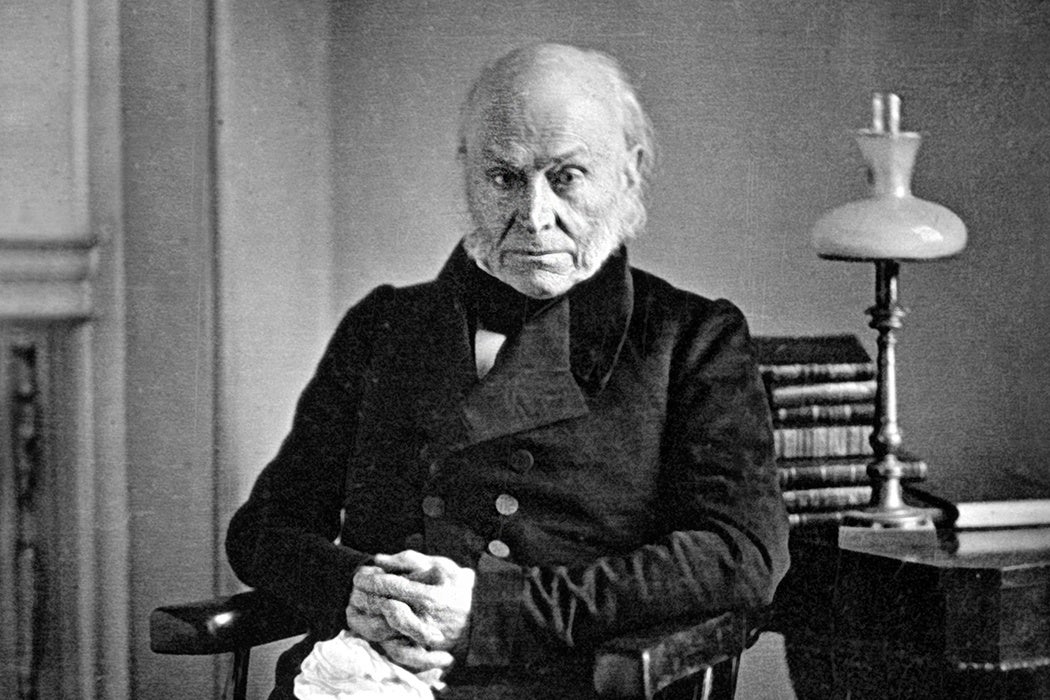
Search the Internet and you'll find over 700,000 entries, most of them telling the same lurid tale, with varying measures of flimflam: President Adams authorized an expedition to the center of the earth, and his successor, Andy Jackson, Old Hickory, thwacked it down before it could sail. Oh dear.
A bit of digital exploration, right here on the exterior portion of the earth, will find most of the entries unsupported, or citing the same few Internet sources. A tight little circle of mutual references underlies the lot. At least one account footnotes itself as an authority. Eventually, if you persevere, you'll find some real sources. A popular one is a non sequitur reference to John Quincy Adam's memoirs in which he waxes poetic about God and creation. Adams' memoirs do mention the hollow earth theory, then feverish in the popular mind, but the reference undercuts the fabulist's "Adams and the Mole People" theory, as we will see presently.

The primary connection to the Hollow Earth Theory, in most tellings, is a quotation from nineteenth century historian Henry Howe. In 1846 Howe wrote a history of Ohio in which he claims to quote a passage from a local History of Clinton County (Ohio). No one seems to have produced a copy of this earlier source document, so Howe's claims rest on hearsay. What did he claim? Did he say President Adams believed the earth was hollow? Not even close. He said the missing county history alleged that some members of Adams' cabinet had supported a sea voyage to the south Pacific, but that the next administration, Jackson's, opposed it.
At the root of the Adams-as-Hollow-Earth-advocate story are two chromatic nineteenth century personalities. You will be a better person for knowing a little about John Cleves Symmes II, and Jeremiah N. Reynolds.
John Cleves Symmes (1780-1829) was the namesake and nephew of Judge John Cleves Symmes, an early explorer and settler in what was then the Northwest Territory, including the eventual state of Ohio. Symmes the younger was a successful soldier (War of 1812, Captain) and failed businessman. He was a sparsely educated deep thinker much interested in matters celestial. Arguing through analogy he reckoned the earth, similar to Saturn, was composed of concentric circles with us on the outermost ring. It made perfect sense to him, reasoning a little further, that beneath surface were other habitable regions, and that access to them was through holes in the unexplored Polar Regions.
Symmes was not the first to conceive of a hollow earth. He was apparently the first to postulate polar holes. He spent the rest of his life evangelizing for an expedition to prove his theory. His son, Americus, took up his cause, becoming part of a small, but enthusiastic minority. "Symmes Hole" was the punch line of many contemporary jokes, and often the waggish suggested fate of missing persons: "Fell down Symmes Hole." Consequently, Symmes' many petitions to the Congress to fund his travels were quietly tabled.
One of Symmes' disciples was the aforementioned Jeremiah N. Reynolds (1799-1858). He spent some time at Ohio University, and as a newspaper editor, before joining Symmes on his lecture tours. Reynolds published some hollow-earth articles in the New York Mirror, attracting favorable attention from the editor. Reynolds pretty quickly outgrew the Symmes theory and left his mentor's lecture tour for another avocation.
Reynolds met Captain Nathaniel B Palmer, among the first visitors to Antarctica in 1820. Reynolds modified his ambitions from going down Symmes' Hole to exploring the South Seas. His aim was discovery here on the surface, making scientific studies and providing America with its own locally produced ocean charts.
Reynolds became acquainted with the nautical eminences of the east coast, and acquired political connections. In 1828 the Secretary of the Navy asked him to provide planning information for a conjectured South Seas expedition. Reynolds wrote a report, published in 1836, describing what he could find out about the area, and listing the things that needed studying. Before the expedition could be mounted in 1829 the incoming President Andrew Jackson cancelled it on economic grounds. Nevertheless, Reynolds finagled his way on board Captain Palmer's upcoming sealing expedition as a scientist.
The Reynolds/Palmer voyage sailed into the Antarctic seas where an outbreak of scurvy forced them back to Chile. They planned to go to the North Pole but crew desertions sent Palmer back to New York. Reynolds explored on foot in Chile and signed on aboard the U. S. S. Potomac in Valparaiso. He later wrote an account of this adventure. He continued advocating for exploration of the South Seas. His speech before Congress on the subject was embraced by Edgar Allen Poe in the January 1837 issue of the Southern Literary Messenger.
Reynolds promised a fuller description of his 1829-1834 expedition, but death forestalled his intentions. Pieces of the story appeared in periodicals, including a story called "Mocha Dick," in the Knickerbocker. This is often cited as having been the inspiration for both Edgar Allen Poe's hollow-earth story, "The Narrative of Arthur Gordon Pym of Nantucket," and Herman Melville's, "Moby Dick."
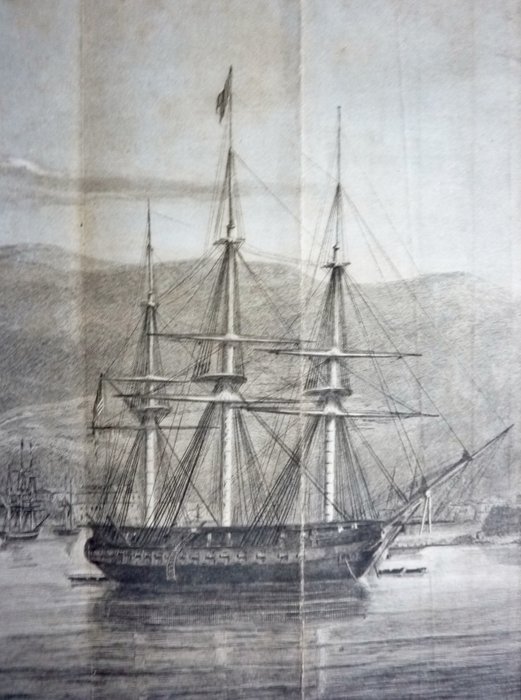
Now we finally get to the connection between the Hollow Earth and President John Quincy Adams. Symmes advocated for the Hollow Earth theory. The youthful Reynolds advocated with Symmes for a short while. Reynolds moved on to conventional exploration of the South Seas, and assisted President Adams' Secretary of the Navy in that endeavor. President Jackson dropped the idea and Reynolds signed on with a commercial expedition instead. The truth is much more interesting than the fiction of Adams and the Mole people, but more slippery to grasp. Also, it doesn't have the advantage of scoffing at the mighty, particularly enjoyable when we are safely out of range of any return fire.
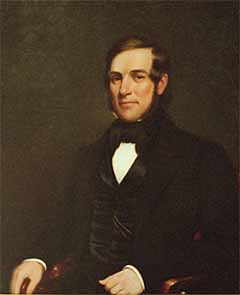
Adams' memoirs mention Reynolds and his prior advocacy of the Symmes theory, which Adams calls "visionary," meaning fanciful or unpractical. According to Adams, Reynolds was asking Congress for funding to circumnavigate the "Southern Ocean," an idea he endorsed while confirming it had no immediate Congressional support. Adams advocated exploration, not entry into the earth's bowels.
Exactly who dreamed up the bogus connection between exploration of the South Seas and Symmes' longed-for journey to the earth's interior remains snarled up in the circular citations and fever-dream guesswork of its popular expression. Someone saw the words "John Quincy Adams," "Hollow Earth," and "John Cleve Symmes" on the same page and drew a line straight through them. It's not a bit surprising.
Our brains love melody and syncopation; narrative and novelty. We string facts on a story line like shiny beads on a wire. Ten eyewitnesses yield thirty contradictory accounts. The left side concludes this, the right side that.
By the way, Edgar Allen Poe is reported to have called for "Reynolds" when he was in the delirium of dying. There is a wingding of Internet speculation on who this Reynolds was. Hmm.
Who in the world cares about Mole People?